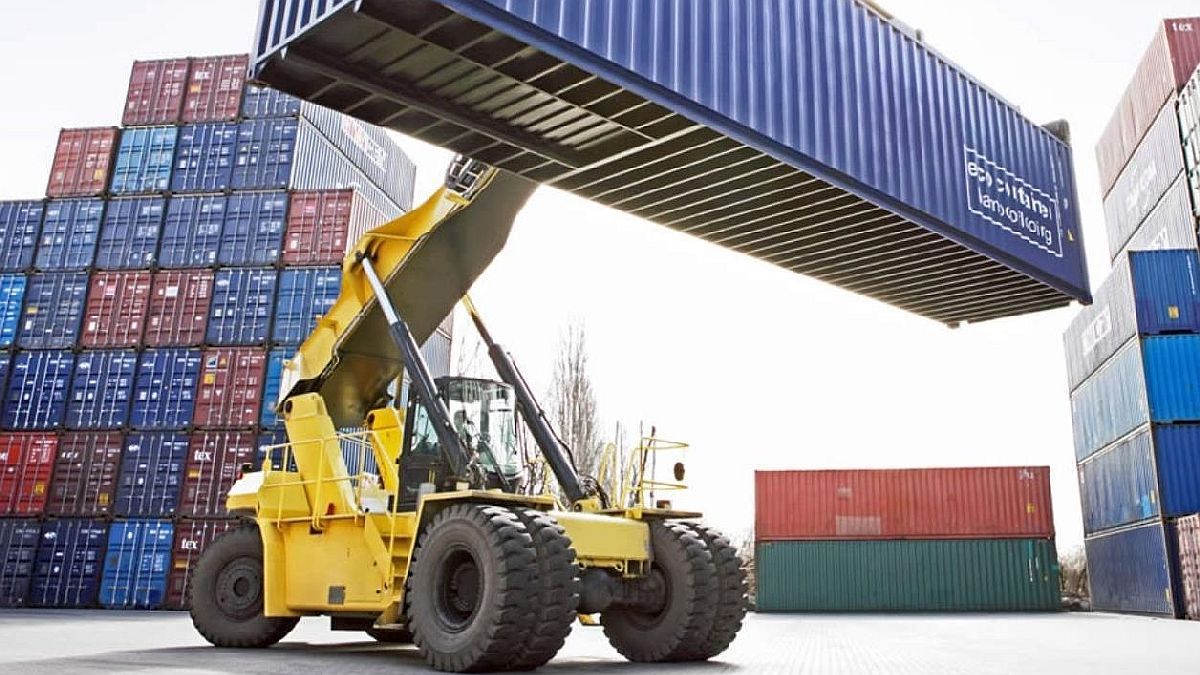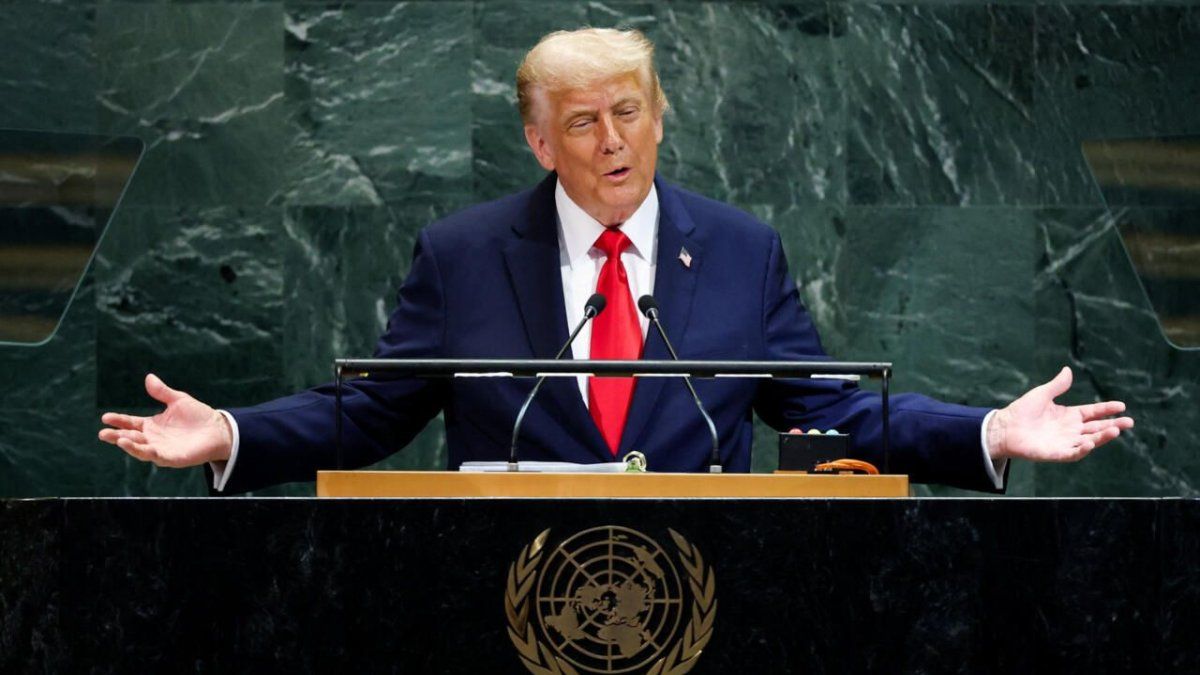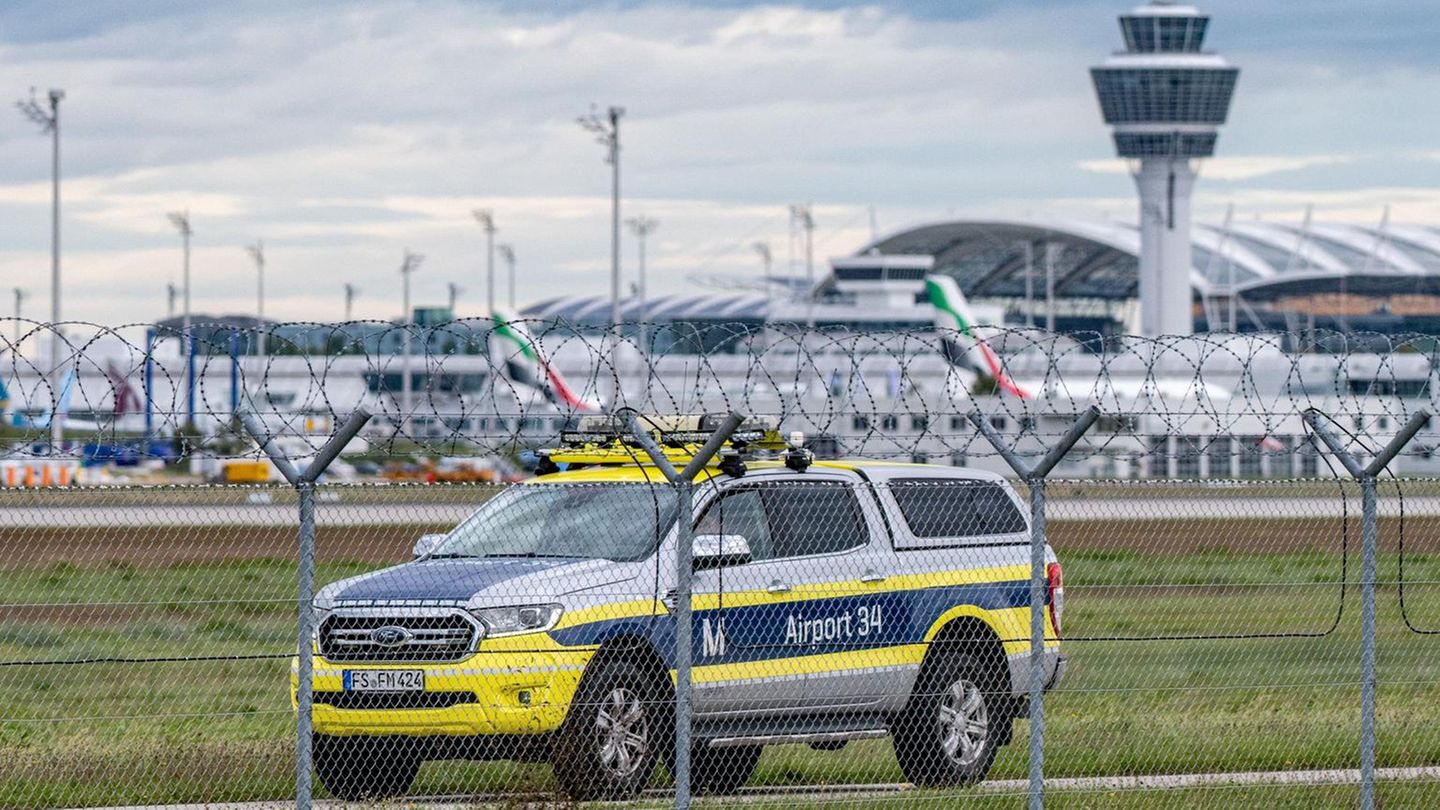“As of March 2022, the effect of the variation in international prices at constant prices results in value increases of US$5,995 million in exports and US$6,219 million in imports. Consequently, the latest data on the variation of international prices on the trade balance shows a negative balance of US$229 million. This begins to worry in a context of decreasing trade surplus, with the lowest level in 5 years, both monthly and accumulated”, they explain from the Rosario entity.
In any case, this year Argentina would manage to achieve record exports for a total of just over US$87 billion, of which agriculture, mainly the complex exporters of wheat, corn, soybeans, sunflowers and barley, would contribute some US$41 .500 million.
The Argentine Trade Exchange (ICA) for April will be released this Thursday by INDEC and projections indicate that it would show a surplus of between US$800 and US$700 million.
“For April we expect exports to reach US$6,833 million as a result of the improvement in international prices. On the other hand, we estimate imports for an amount of US$5,878 million; this increase would be due both to a rise in the quantities imported, as a result of the economic reactivation, as well as an increase in international prices, specifically in energy imports,” said Santiago Franco, an economist at Orlando Ferreres & Asociados consulting firm.
According to INDEC, Argentina accumulates a surplus in its trade balance of US$1,394 million in the first quarter of 2022, after registering positive balances of US$297 million in January, US$818 million in February and US$279 million in March. .
More clearly, from the consulting firm LCG they remarked: “The fact that export prices continue to rise gives encouragement to the control of imports to be moderated. However, the rise in fuel prices is a factor that adds a limitation to this issue. In total, we continue to project a trade surplus of around US$10 billion for this year, 30% lower than that achieved in 2021.”
In this context, while the sowing of fine grains in Argentina (wheat and barley) has just begun, a key issue also emerges: the cost and availability of fertilizers, mainly nitrogenous and phosphorous, which come largely from Russia. The most encouraging projections indicate that this year almost an additional US$2 billion would be needed to buy the same amount of imported fertilizers as last season.
Fertilizers are a key input for wheat to achieve the highest possible productivity, in a context in which the price of cereal is at record highs. Today it closed around US$450 a ton, and that could encourage producers to add more hectares and use more technology. In other words, more dollars would come in, but the country would also need to import larger quantities of fertilizers, among other key products.
Source: Ambito
David William is a talented author who has made a name for himself in the world of writing. He is a professional author who writes on a wide range of topics, from general interest to opinion news. David is currently working as a writer at 24 hours worlds where he brings his unique perspective and in-depth research to his articles, making them both informative and engaging.




